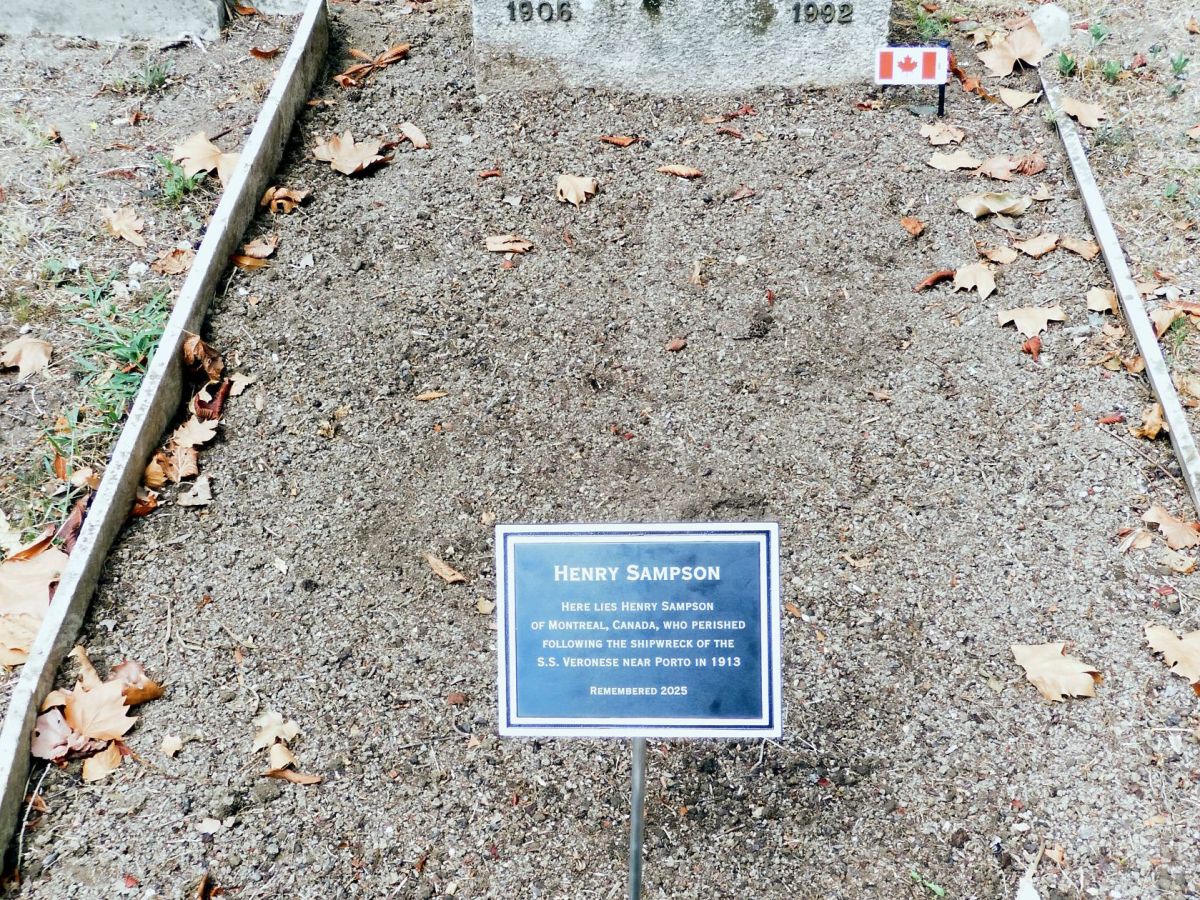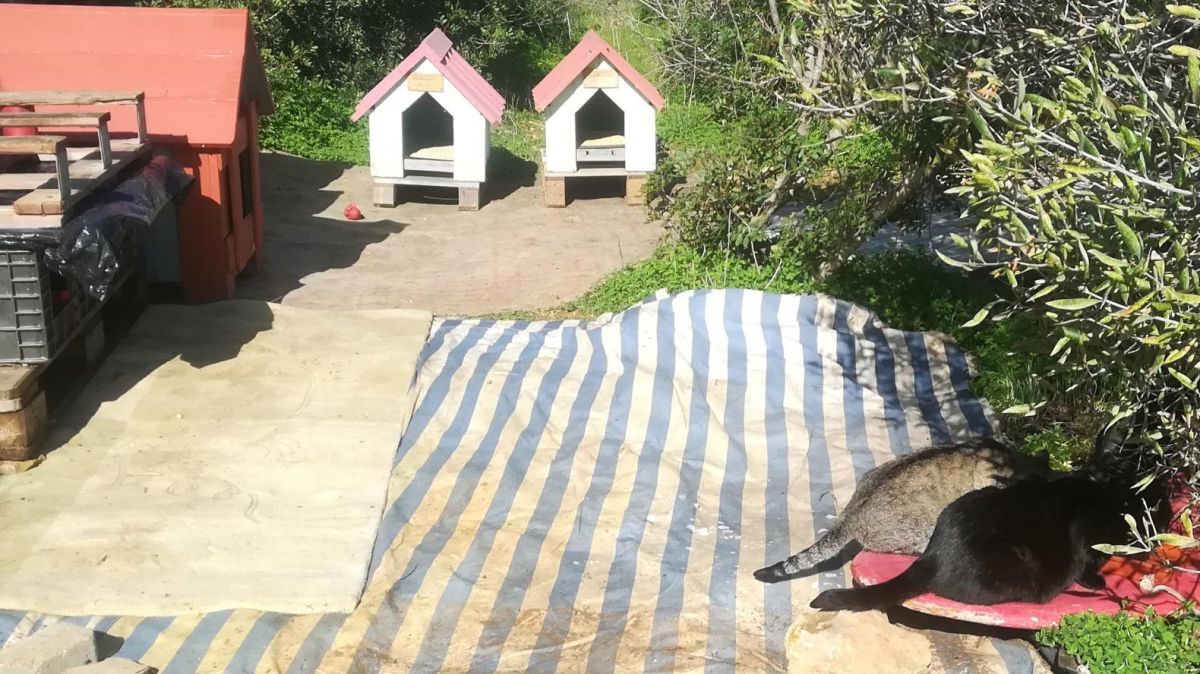Family information was sparse at best, and even the name of his paternal great-grandfather had passed out of living memory. By detective work, Peter was able to establish that he was Henry Sampson, originally from Liverpool; a driver, cook, and turner in Montreal, and later a hotelkeeper in Quebec City. A widower, Henry sailed with his second wife to Liverpool on a honeymoon – but all information about him stopped there.
The only available family lore was that Henry died because he was ‘too fat’! The poor man met his end, it was said, when he was hoisted in a ‘bosun’s chair’ (designed for transferring personnel and mail between ships) which could not bear his weight – and so he drowned.
More dogged research, and a register of people lost at sea, showed that only one Henry Sampson had died in 1913. He was one of ten people who perished as passengers on the SS Veronese, after the ship ran aground on 16th January 1913, near the port of Leixoes – close to Porto. Having set out from Liverpool for Montreal, the ship had picked up Portuguese passengers in Vigo, bound for South America. Henry’s bride survived the ordeal; however, 50-year-old Henry, after being brought to land in a ‘breeches’ buoy (otherwise known as a ‘bosun’s chair’), died the next day from exposure and exhaustion.
Since Henry hadn’t drowned, where was his body laid to rest?
Portugal was the most likely option. Henry would not have qualified for a Catholic cemetery. But there was an Anglican churchyard in Porto …
A St James church warden confirmed that Henry had indeed been interred on 20th January 1913, with an excerpt from the burial register, even providing the plot number and gravesite photos.
During a recent visit to Porto, Peter and his wife, Angela, placed a small plaque on Henry Sampson’s resting-place – so that, finally found, his great-grandfather will no longer lie forgotten.
More information on St James Anglican Church, Porto can be found at https://www.stjamesporto.org/















